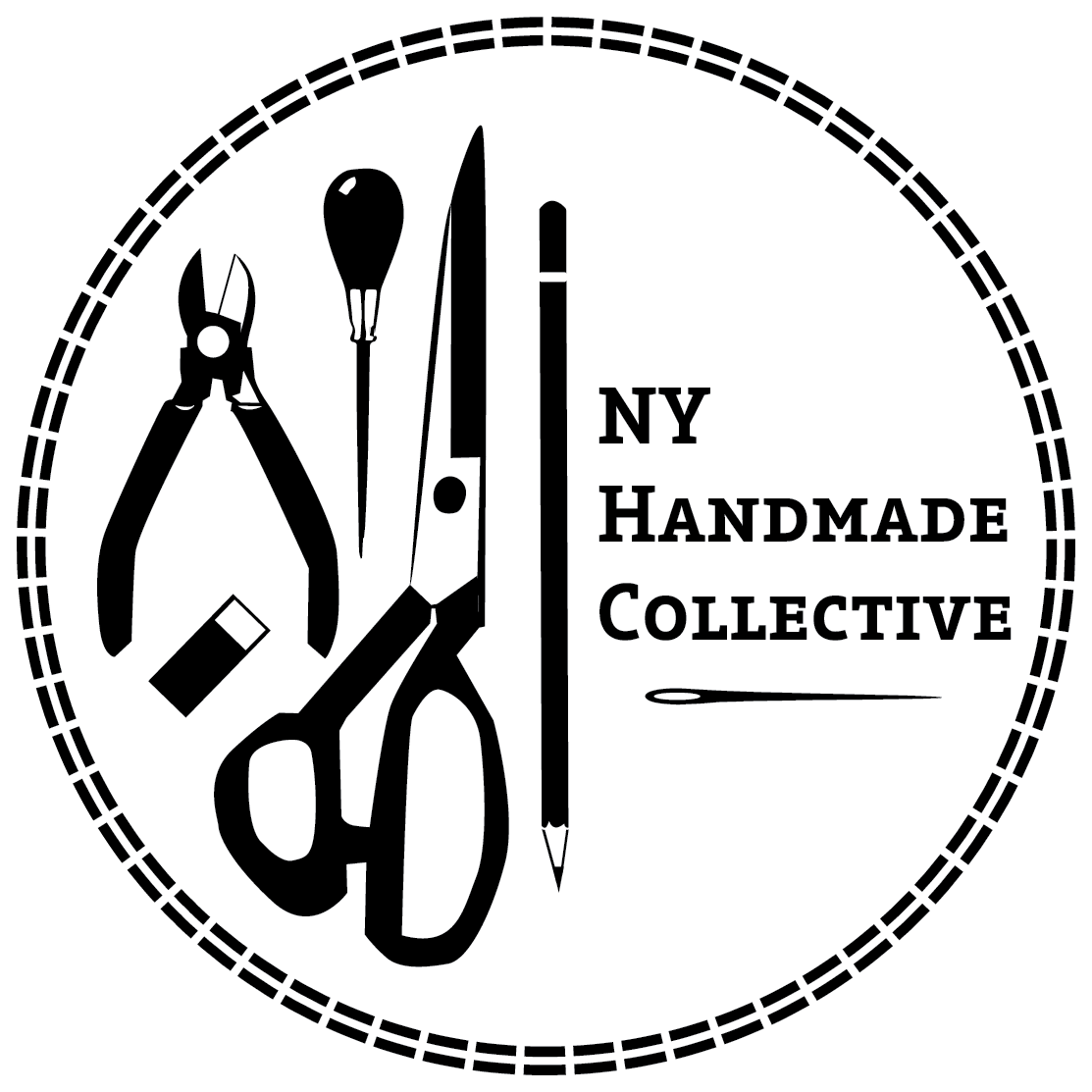WHO BUYS HANDMADE?
We all want our products to be noticed. How does one go about making this happen in an increasingly crowded artisan-handmade market? One way is to imagine one’s ideal customer:
age, interests, buying power, needs, priorities and values, as well as how all this translates into how they search out products. Who values a brick and mortar retail experience, versus buying online? What colors, styles and scenes are attractive to them? Who will seek out a craft show for shopping and who won’t? What times of the year are more important to them than others? Do they tend to buy for themselves or for other people? So many variables! Ultimately, we as makers have to work to strike a balance between what our heart wants to make and what our business experience and research tells us to sell.
Last spring, Sarah, from www.Westervin.com, did some fantastic research on this very topic, using some Etsy shoppers as her subjects! Though she says it wasn’t a completely random sampling, she felt that “it still provides a bit of insight about the average craft consumer, their motivations and their interests in the handmade movement.”
A summary of her key results:
- More than 80% of sampled shoppers were female
- More than 70% of sampled shoppers were between 25-34 years of age
- Almost 50% of sampled shoppers made less than 25k per year; just over 35% made 25-49k
- 22.4% of purchases were jewelry and 21.2% of purchases were accessories, with Art & Prints, Housewares, Supplies and Vintage each getting around 10% apiece
- Just about 60% of sampled shoppers were buying gifts
- 40% of sampled shoppers spent $21-$40 on their most recent purchase; just under 30% spent $11-$20
Half of all respondents attended one or two craft shows in the last year and most respondents in this survey did not make their own craft goods.
Providing the sample is representative, this is some really useful information. There is a big difference in trying to reach someone who is buying a gift or who is not a crafter than the opposite, or someone who makes 25k or less a year than someone who makes 49k or more.
But it’s not just about numbers. At papernstitchblog.com, the writer rightly points out that “…the fact is…the real reason why each one of us buys handmade goods is just as complex as the topic itself.” She further identifies some really important reasons people buy handmade that one can then theoretically translate into ways to reach out to one’s potential buyers. Reasons such as protesting against mass-made goods and purchasing as a way to support the artisan community; to identify with the idea of originality and authenticity, or that a handmade item has a higher sentimental value because of its connection and association to a caring careful maker.
The idea that there is a real, breathing, caring craftsperson standing behind the product also implies to many that a handmade item is of a higher quality than its mass-made counterpart. Some buyers also really value the personalized and flexible customer service that often goes with a handmade product. The handwritten notes, special, quirky packaging and fulfilled custom requests make buyers feel listened to and taken care of in a world becoming ever larger and more complex.
We are all more intelligent and informed about our choices than ever before. Because of the internet, with everything at our feet, the global is local and the local is global. But no matter what the fads or the fashion, the here or the there, the longing for care and connection will never go out of style. And that is what we can count on, in our creating lives and beyond.
Take care everybody.
Melissa / Prairiefunk

